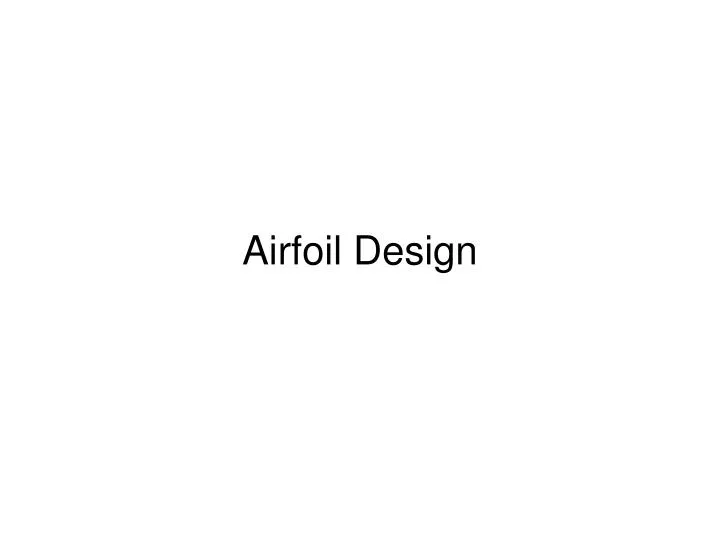

You shouldn’t have to agonize over the differences between closely related NACA airfoils - there will be virtually no perceived difference to your flight experience.

They work by displacing air in a vortex pocket behind the step.Īs mentioned previously, the secret of choosing the correct airfoil is not to overthink it. A Kline-Foglean (KF) airfoil is one such type that is commonly used due to its ease of construction. Aircraft like the FT Viggen use angled canards to help provide lift.Īgain, for simple models that don’t fly all that fast. Flown at a high angle of attack, flat-bottomed wings are probably the simplest to make but can perform fairly poorly. One way to add reflex is to simply trim the wing's elevons slightly upward.įor simple models. Check out this article on how flying wings fly to find out more. The trailing edge is upturned slighting which provides stability. You can under camber just the outer section of a wing to increase stability.įor flying wings. Provide lots of lift but are quite draggy. They’re simple to manufacture, draggy (which is sometimes good for creating a stable flight experience) but are often sensitive to changes in airspeed which makes them difficult to trim.įor small, lightweight airplanes. Excellent lift-drag ratio.įor easy to build airplanes. Great for precision aerobatics.įor sport planes, semi-aerobatic planes and sailplanes. Let’s break down the main categories to give you a better idea of which airfoil is right for your airplane.

The thickness of this airfoil is always 11.7% of the chord.
#Airfoil design code
NACA airfoils - These airfoils map a four-digit code to an airfoil to indicate camber, chord and thickness specifications.Reading up about them might be a good way to learn about the nuances of how designers create airfoils. Getting more into the technical and mathematical side of airfoil design, here are two popular names that you may see when researching airfoil shapes. Here are eight of the most commonly used airfoils used on RC model airplanes (in no particular order): It is possible to boil types of airfoils down to into various categories. It all depends on the application the environment in which the airfoil operates dictates its size and shape. Airfoils come in a whole range of shapes and sizes, both in the aerospace industry and in nature - really, nothing is standard.


 0 kommentar(er)
0 kommentar(er)
